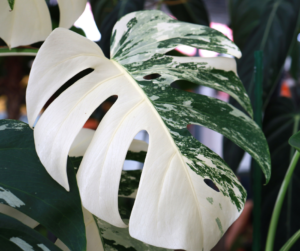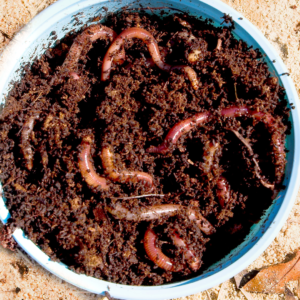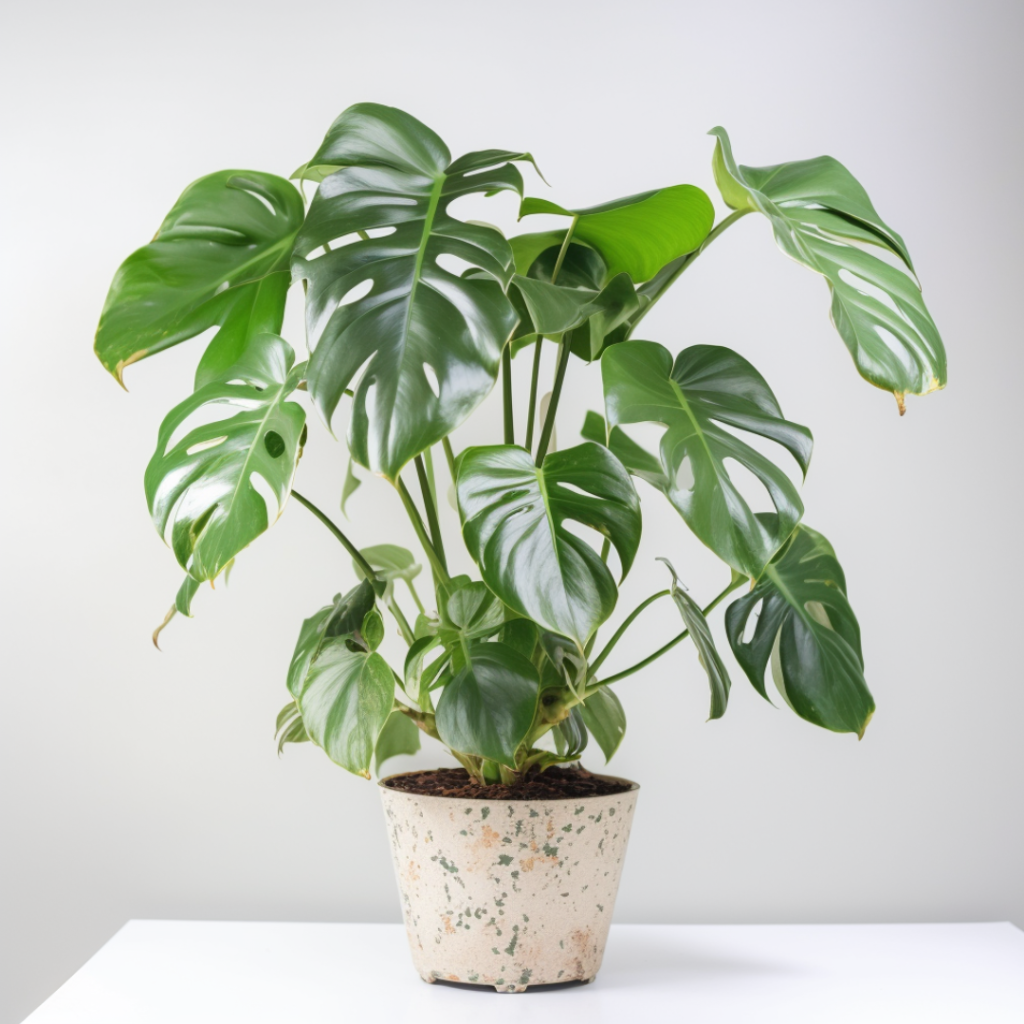When you take a plant out of its natural habitat, it will need some extra help to keep it healthy. In this case, that means using worm castings to fertilize your monstera. So know here what worm casting for monstera plants does?
I did a lot of research on worm farming before I even thought about growing monstera indoors. I didn’t realize how beneficial worm castings were until I started researching how to fertilize my monstera plants.
In this article, I want to share everything I learned about worm castings so that you can learn more about them and decide if they are right for your plants!

What are worm castings?
I know you are quite confused about worm castings.
Worm castings are the result of worms digesting plant waste and turning it into a fine powder. This powder is then extruded as worm castings, which can be used to fertilize your plants. The best part about this process is that it’s completely natural no chemicals or pesticides involved! In short, it’s a worm poop that becomes a fertilizer.
How does Worm Castings help the monstera?
Wom Casting for Monstera Plants. Therefore, if you are raising monstera plants, you are aware of how crucial it is to maintain their well-being. Your monstera won’t thrive in its new location if it contracts root rot, powdery mildew, or other plant diseases.
The easiest way to avoid these problems is by adding worm castings into your soil. Worm castings are a great source of nutrients for monstera since they are rich in elements like phosphorus, nitrogen, and potassium, which are all necessary for a healthy plant’s growth.

Additionally, because monstera are prone to root rot, they help the soil’s drainage and aeration. Worm castings also aid in boosting the soil’s microbial activity. Succulents benefit from this because it improves their ability to absorb nutrients from the soil.
Worm castings can also help your plants grow healthier overall by warding off pests like aphids and mealybugs. It has been demonstrated that they lessen the likelihood of root rot, powdery mildew, and other plant ailments that can be problematic whether growing monstera indoors or outside.
Are there any downsides to using a worm casting?
There’s no perfect in this world so yes, worm casting has downsides too.
Worm castings are an excellent fertilizer for plants and soil amendments to the soil, but before using them, you should be aware of a few possible negative effects. First, when worm castings first begin to break down, they can smell quite earthy. It will eventually go away, but people who are sensitive to scents can find it unpleasant.
Worm castings can be costly if you have a lot of plants to fertilize, which is another drawback. You may easily develop your own worm farm and have an infinite supply of worm castings for your plants if you want to conserve compost.
It’s crucial to realize that worm castings have the potential to “burn” plants if handled incorrectly, turning the foliage yellow or brown. Make sure you only sprinkle a thin coating of worm castings on the potting soil to prevent this and be careful not to overwater your monstera plants.
How to Use?
Worm castings can be applied to your monstera in a number of different ways.
- The first and simplest method is to sprinkle some worm castings on top of your Monstera’s potting mix before watering it. This will increase the plant’s nutrition while also assisting in the prevention of root rot and other issues.
- When repotting your monstera, you can also directly include worm castings into the soil. Before adding your monstera, simply stir a little amount of worm castings into the new potting mixture.
- Also, don’t worry about going overboard! When using worm castings, a small amount goes a long way. Just add a layer of worm castings up to four times per year that is 1/4 to 1/2 inch thick.
- Use ¼ cup (0.6 ml.) of worm castings for every 6 inches (15 cm.) of pot diameter.
- Mix the castings into the potting soil.
- Sprinkle 1 to 3 tablespoons (15-45 ml.) of worm castings around the stem of container plants, then water well.
- Refresh your potting soil by adding a small number of worm castings to the top of the soil monthly throughout the growing season—don’t worry if you add a little extra! Unlike chemical fertilizers, worm castings won’t harm your plants.
- But the best way to use worm castings is to mix them with fertilizer.
To apply, mix in 15%-25% worm castings (or 1-2 inches) with soil and fertilizer.
So here it is, and I hope it helps you learn what Worm Castings for Monstera Plants can do.
Where to buy?
You can check Jim’s Worm Castings Online store to purchase worm castings. They sell not only worm castings but different types of organic fertilizers like compost worms, mealworms, compost, organic fertilizers, and organic pest control, you can also make worm farms with worm food and bedding, and many more.
